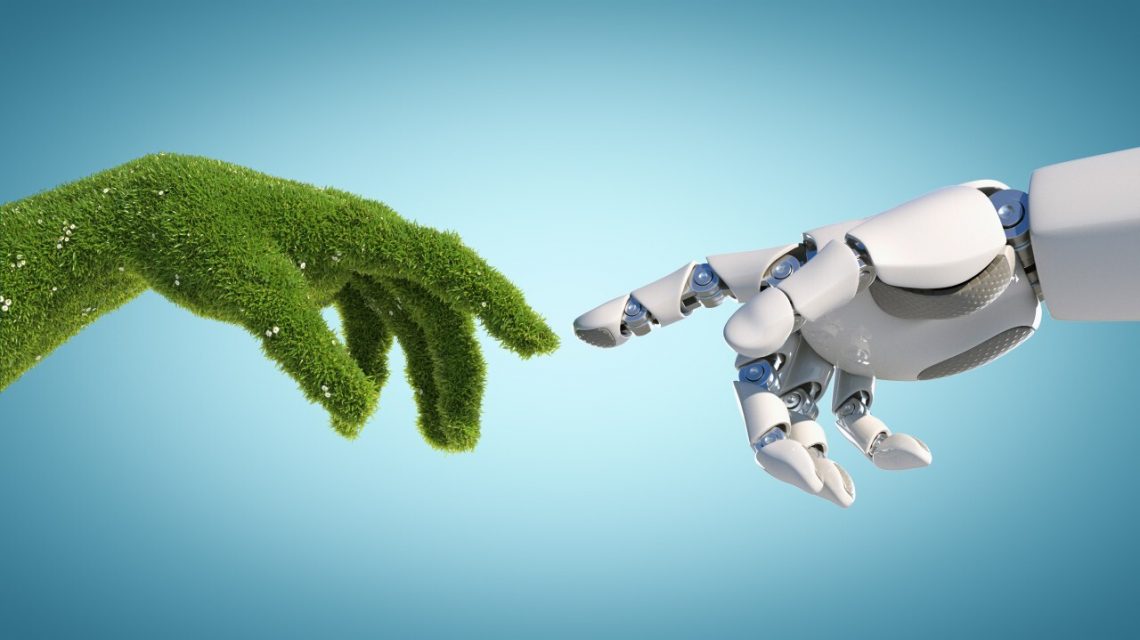
Using Biotechnology to Reduce GHG Emissions from Animal Farming
Agriculture accounts for almost 20% of the world’s greenhouse gas (GHG) emissions, and livestock alone uses 80% of total agricultural land. The bulk of GHG emissions from livestock (consisting of methane, nitrous oxide, and carbon dioxide) arise from four main sheep and cattle rearing activities: enteric fermentation, manure management, feed production, and energy consumption. While governments place a high value on the introduction of clean energy, there is much to be desired in terms of finding innovative ways to control GHG emissions by the dairy and meat industry. For the world to achieve the Climate Action Plan targets for 2050, a focus on cleantech alone will not be enough.
Cutting down GHG emissions associated with livestock requires concerted research, and the development of technologies that can ensure cleaner methods of animal farming. In parallel, the world also needs to rethink its consumption patterns. While raising awareness is the first step towards altering the consumption of meat and dairy, the food industry will have to ensure the faster development and widespread distribution of alternatives to ensure a long-term change in consumer behavior.
